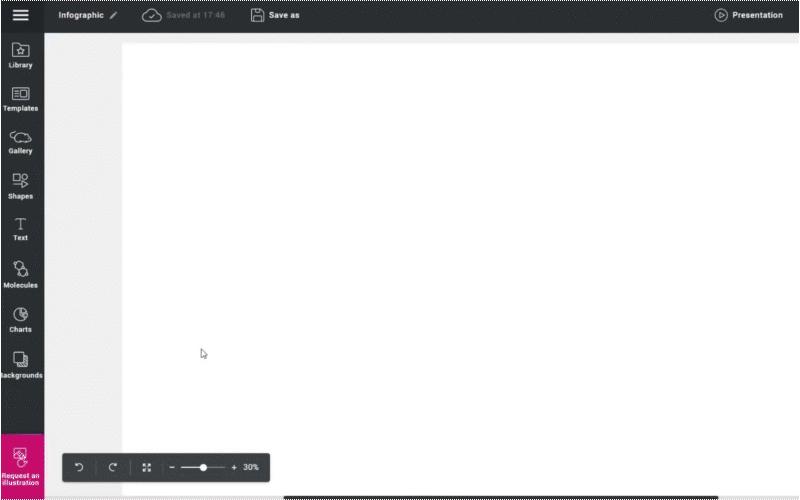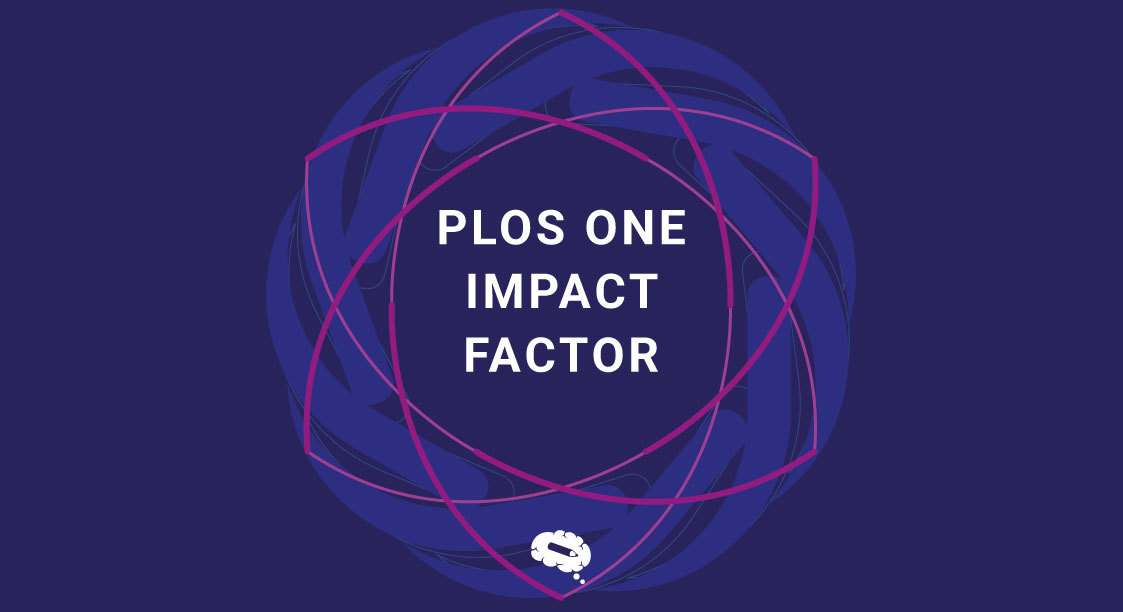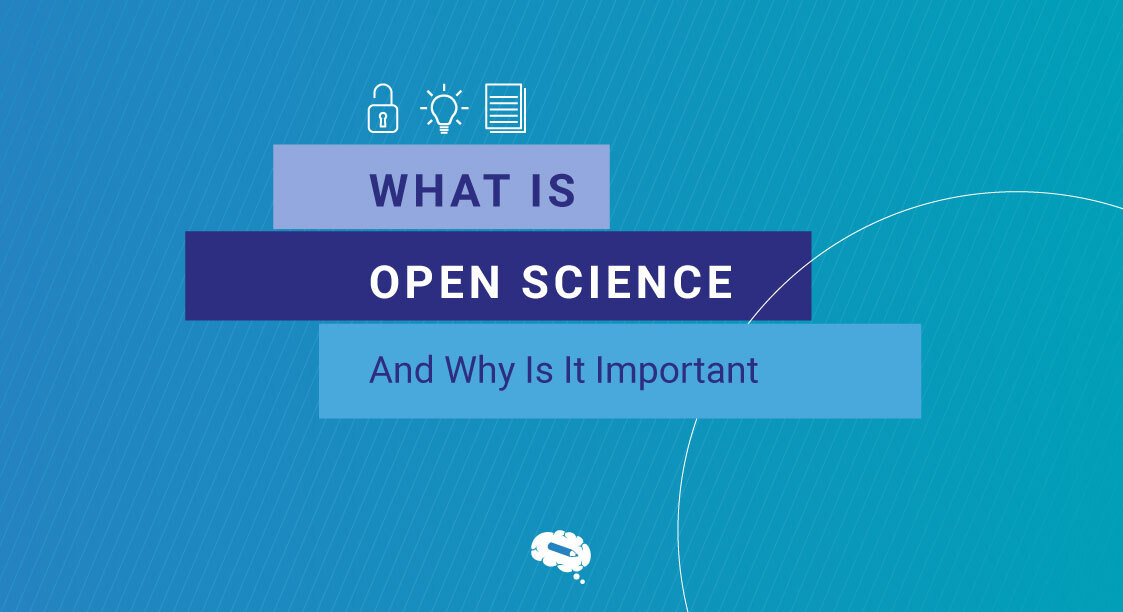Academic publication is an important part of scientific research and plays an important role in communicating knowledge to the general public. The development of open-access journals, which give free access to scientific research without requiring a subscription, has presented a challenge to the traditional publication model in recent years. PLOS ONE is a standout among these open-access publications, renowned for its unique approach to scientific knowledge distribution.
This article will discuss PLOS ONE impact factor, such as significant characteristics, publishing criteria, the peer review process, open access commitment, and other important topics.
What is a Journal’s Impact Factor?
A journal impact factor is a statistic that calculates the average number of citations earned by articles published in a specific journal over a specific time period. The impact factor is calculated by dividing the total number of citations obtained by papers published in the journal during a given year by the total number of articles published in the same year.
It is frequently used to assess a journal’s importance, with higher impact factors suggesting that the journal is extensively read and referenced in its area. Researchers, publishers, and funding agencies can use this indicator to judge the quality and impact of research published in a certain journal.
It should be noted that the impact factor is not a perfect measure of a journal’s impact and has been questioned for a variety of reasons. The impact factor, for example, may be biased toward journals that publish review articles or those in fields where articles are more likely to be referenced, such as clinical medicine. Furthermore, it may promote the publication of studies that are more likely to be referenced rather than ones that are more original or have a bigger influence on society.
What is PLOS ONE Impact Factor?
Since its launch in 2006, PLOS ONE has been one of the world’s most successful open-access journals. It has been routinely listed among the best journals in its area, with an impact factor that has gradually increased over time.
PLOS ONE had an impact factor of 3.240 in 2020, and it improved further in 2021, reaching 3.752, the highest value since 2012. For numerous years, the journal’s impact factor has been continuously over 2.0, demonstrating its dedication to publishing high-quality research across a wide range of areas.
Scope of PLOS ONE
PLOS ONE publishes original research articles in a wide range of scientific areas, including biology, medicine, physics, engineering, computer science, psychology, and others. The scope of the journal is broad, and it encourages papers that highlight major scientific results.
PLOS ONE’s broadness is notable in that the journal does not consider the perceived value or effect of research findings when selecting whether to publish an article. Instead, the journal focuses on the research’s scientific reliability and its ability to contribute to the scientific community. This method guarantees that essential scientific results are not neglected owing to a perceived lack of impact or appeal, and it allows for the publication of a more broad range of research.
Types of Articles
- Research Articles: These are the most prevalent type of article published in PLOS ONE. They provide original research-based new scientific results. The typical scientific structure for research articles includes an introduction, methods, results, and discussion sections. The findings provided in research papers should be supported by data that is both robust and statistically sound.
- Brief Reports: Brief reports are shorter writings that offer preliminary or small-scale research results. They are usually no more than 3,000 words long and do not go into as much information as research articles. They may not have the same degree of statistical analysis as research articles and may give exploratory findings.
- Methodology Articles: Articles on methodology describe new or better ways of performing scientific research. They might concentrate on developing new statistical methods, experimental designs, or data analysis approaches.
- Editorials: Editorials are statements of opinion on current scientific concerns. Editorials are often published by the journal’s editors, although they may also be written by invited specialists in a certain subject.
- Perspectives: These articles provide an alternative perspective on a scientific issue. Perspectives might be based on personal experience or provide an original approach to data analysis or interpretation.
- Book reviews: These are book reviews on scientific research. Book reviews are often written by invited specialists in their respective fields.
- Preprints: Peer-reviewed versions of research articles that have not yet been published. PLOS ONE accepts preprints and encourages authors to make their preprints available to the public. Preprints are not regarded as previous publications and have no bearing on the peer-review process.
Criteria for Publication
PLOS ONE has strict publishing requirements that authors must follow in order for their work to be considered for publication. These criteria guarantee that published research is of high quality and rigor, as well as that it adheres to ethical standards.
The following are the major criteria for publishing in PLOS ONE:
- Scientific rigor: The research must be scientifically valid, with clearly defined objectives, solid data, and adequate statistical analysis.
- Originality and significance: the research project must be unique and have the potential to contribute significantly to its field.
- Reproducibility and transparency: The research must be developed and carried out in such a way that other researchers can replicate the results. The authors must also give adequate material and documentation to allow for research transparency and scrutiny.
- Ethical standards: Ethical standards and guidelines must be followed when doing research, and any possible conflicts of interest must be declared.
- Clarity and readability: The research results should be expressed in clear and concise language, with enough information to allow readers to grasp the research and its implications.
Peer Review Process
To guarantee that all published articles are peer-reviewed and of high quality, PLOS ONE employs a multi-stage editorial screening and evaluation procedure.
An internal quality check is undertaken first to detect any possible difficulties, such as competing interests, ethical standards compliance, data availability, financial disclosures, and scientific or policy requirements. At this point, authors may be requested to make changes or give an explanation.
After passing the quality control check, each article is assigned to an Editorial Board member who conducts a peer review and chooses whether to accept, reject, or recommend amendments to the manuscript. A comprehensive overview of the Editorial and Peer Review Process is provided.
Journal Timings
This table shows the various stages of publishing and the estimated timing for each process, from January 2020 to June 2022. The time to the first editorial decision, the time to the first decision, the time to the final decision, the time to acceptance, and the time to publication are all included in the data.
| Publication Stage | Jan – Jun 20 | Jul – Dec 20 | Jan – Jun 21 | Jul – Dec 21 | Jan – Jun 22 |
|---|---|---|---|---|---|
| Time to First Editorial Decision (Rejection or Peer Review) | 12 days | 16 days | 12 days | 15 days | 17 days |
| Time to First Decision | 44 days | 47 days | 48 days | 53 days | 62 days |
| Time to Final Decision (Rejection or Acceptance) | 83 days | 84 days | 90 days | 105 days | 118 days |
| Time to Acceptance | 144 days | 149 days | 157 days | 170 days | 196 days |
| Time to Publication | 169 days | 162 days | 170 days | 177 days | 205 days |
| Time from Acceptance to Publication | 13 days | 11 days | 10 days | 9 days | 10 days |
Publication Fees
The following table summarizes the PLOS ONE publishing fees as of February 6, 2023:
| Article Type | Publication Fee (USD) |
|---|---|
| Registered Report Protocol | $1,477 |
| Registered Report Article | $856 |
| Lab Protocols | $1,214 |
| Study Protocols | $1,931 |
| All other articles | $1,931 |
More information is available here.
Open Access
PLOS ONE is an expert in open-access publishing, which means that any articles published in the journal are freely available to all readers, with no limitations or subscription requirements. This not only makes scientific research more widely available, but it also assures that study findings are accessible to everyone, from researchers to the general public. Learn more about open access publication in “What Is Open Science and Why Is It Important in Research.“
Furthermore, PLOS ONE is published under a Creative Commons license, particularly the CC BY license, which allows for the reuse, dissemination, and building upon of published papers with proper credit to the original authors. This method encourages open science by allowing for more widespread use and sharing of research findings, thereby speeding up the progress of science.
Make stunning scientific infographics without prior design experience
Mind the Graph has a large library of scientifically precise illustrations covering a wide range of fields such as biology, medicine, chemistry, and physics. An ideal alternative for researchers with no prior design knowledge who wish to generate outstanding scientific infographics.


Subscribe to our newsletter
Exclusive high quality content about effective visual
communication in science.




